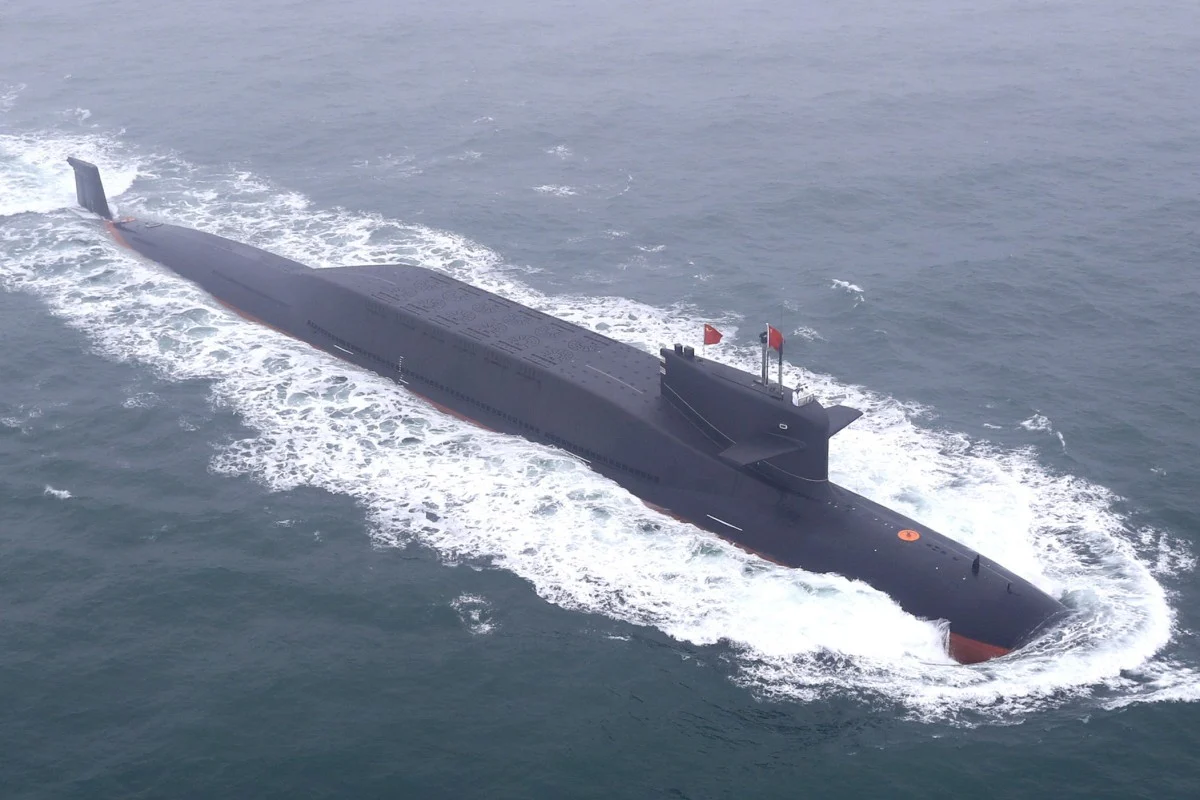Chinese scientists have published an article in which they talk about the unexpected practical value of sixth-generation (6G) communication technology. It turns out that the terahertz range makes it possible to reliably detect small water fluctuations on the ocean surface. Such disturbances have never been recorded before, and they can not only detect the submarine, but also indicate its type, speed and direction of movement.
Long-term and extensive research in the field of 6th generation cellular communications has led to the creation of excellent receivers and transmitters that operate in the terahertz radiation range (between infrared and microwave). The creation of compact and sensitive terahertz detectors is not far away. There are underlying technologies for this, and it’s just a matter of further miniaturization and streamlining. Terahertz scanners can be installed on small UAVs for environmental monitoring and more.
In an article in the Chinese peer-reviewed journal Journal of Radars, scientists from the National University of Defense Technology described an experiment conducted in the Yellow Sea. A terahertz sensitive sensor was placed on the remote manipulator, and the seawater dropped a sound emitter that mimicked the noise of submarine engines. In clear weather, with little disturbance, the sensor was able to detect fluctuations in the sea surface from 10 to 100 nm high created by the sound source.
Decoding the wave pattern from an artificial object can show the submarine’s type, direction and speed of movement. Swarms of drones with such sensors will be able to patrol the water area and gather strategic information along with other detection methods. The same sensors can monitor the state of the environment with equal success, from monitoring weather conditions to monitoring marine fisheries.
A similar technology can be used for underwater communication. The sound transmitter will create ripples on the water corresponding to the message and the algorithm will convert the recorded readings into a readable signal. Scientists believe that such channels of communication will protect against interference due to the insignificance of insults.













